Can a new trail system help revive this crest of the Sierra in Plumas National Forest?
The “Lost Sierra Route” aims to link up mountain towns across 600 miles and draw hikers and mountain bikers to a region hit by fires and hard economic times.
Source of this article: The Los Angeles Times, August 14, 2022
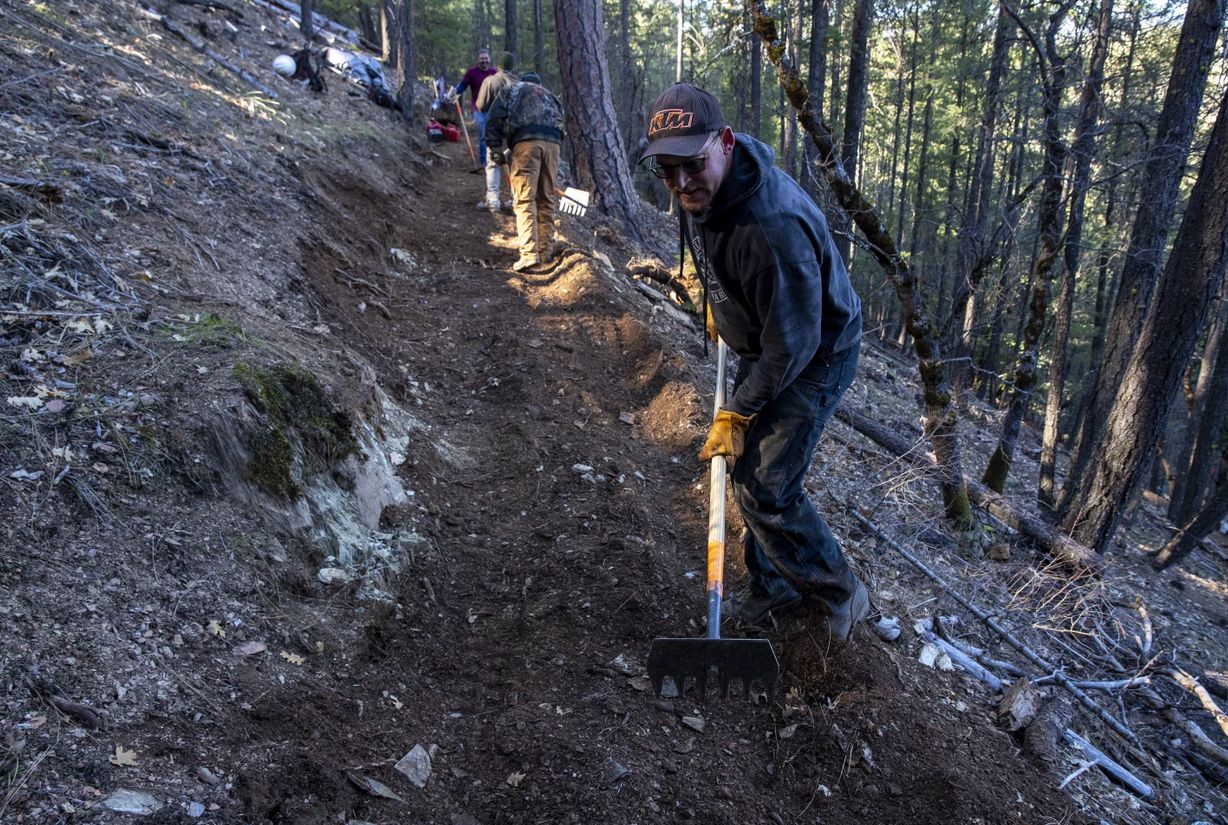
Trail boss Henry O’Donnell helps level a new section of the Lost Sierra Route, a 600-mile complex of trails that will link mountain communities, in Quincy, Calif.
PORTOLA, Calif. — The rutted dirt road twisted ever skyward through miles of lonely pine trees and then abruptly ended at the base of a mountain peak. The workers parked their truck, hoisted a jackhammer, a full gas can and shovels on their backs, and began to march up through the brush.
They didn’t take a trail, because there was no trail. That’s why they had to haul the jackhammer.
The workers — and a tribal monitor, Jess Lowry, who sometimes accompanies them — are part of an audacious infrastructure project that has been quietly underway in California’s northern Sierra for the last several years.
Yard by dusty, backbreaking yard, workers have set out to build 600 miles of trails to connect remote mountain towns such as Sierra City and Chester that once flourished because of gold mining or logging but now are withering. Downieville, for example, was once one of California’s most populous towns; as of the 2020 census, its population was less than 500.
The project — dubbed “Connecting Communities Through the Lost Sierra Route” — aims to reverse the decline. If all goes as planned, mountain bikers, off-road bikers and hikers would flood in, drawn by the opportunity to traverse from town to town a la the Swiss Alps. They would exult in the stark beauty of the landscape, spend oodles of money in local restaurants, bars and hotels, and then go home again — hopefully without driving up housing prices too much.
The trail is the brainchild of mountain biking impresario Greg Williams, 50, a descendant of the Deer Creek band of the Northern Sierra Miwok tribe who somehow founded the famous Downieville Classic mountain biking race at age 22 and has been flying out of the mountains with quixotic plans ever since.
What’s more notable is that local businesses and government leaders have embraced it. That’s in part because Williams — who has a big, bushy beard and a warm but mischievous presence — has a history of pulling off bold feats. But it’s also because, as many local leaders acknowledge, they are desperate to find anything that will make their communities economically viable again. Even if it means inviting a wave of tourism that the area doesn’t have the infrastructure to support. And even if it means doing it as the threat of “mega” wildfires grows ever more perilous.
“We had an economy based first on gold and then on timber, and both of those have waned,” said Lee Adams, who sits on the board of supervisors for Sierra County, which had a population of just 3,200 people according to the 2020 census.
“We have to remake ourselves,” added Plumas County Supervisor Kevin Goss, who represents Greenville, the town that was burned to the ground last year by the Dixie fire. Included in the wreckage was Goss’ business, a pharmacy. “I am looking for … anything to create a little more tourism.”
Goss spoke of bringing high-speed internet, food trucks, luxury camping, “anything and everything” that might boost the economy. Even before the Dixie fire incinerated Greenville last summer, Plumas County was already seeing its population decline.
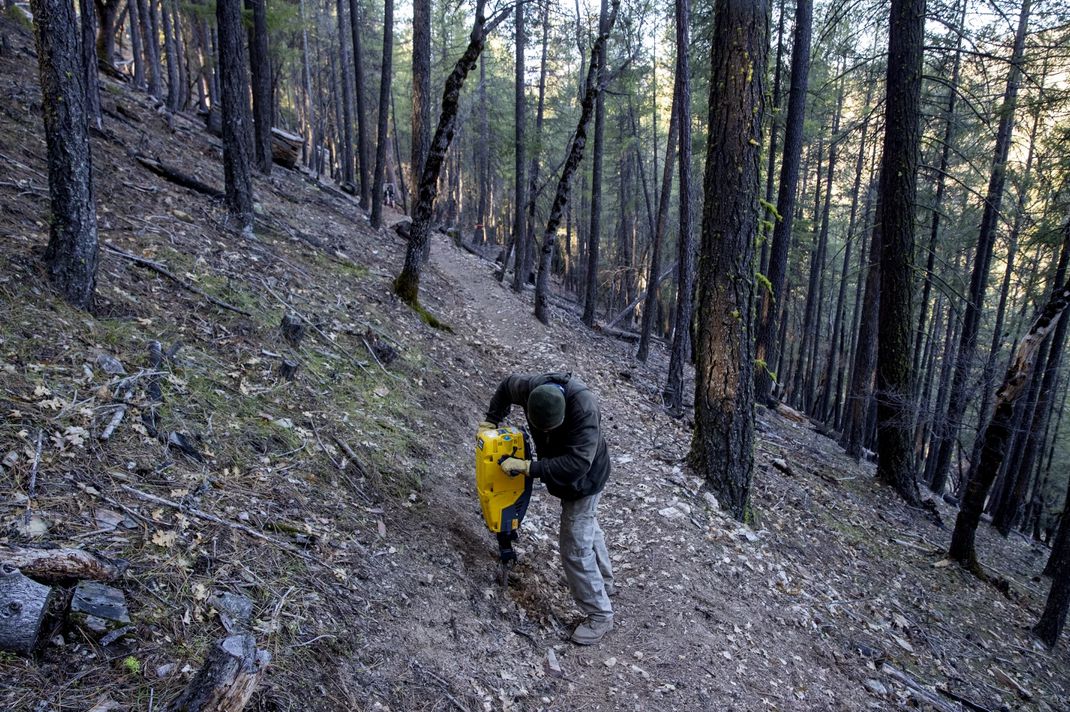
Trail builder Zach Poh works on a section of the Lost Sierra Route in Quincy, Calif.
And yet, officials said, if their plan is successful at drawing hordes of tourists, that achievement could bring its own problems. The last thing anyone wants, several residents said, is to become another Truckee, the mountain resort city near Lake Tahoe to the south. It became a remote-work destination during the pandemic and saw a huge increase in housing prices, pricing out many longtime residents and local workers.
Already, some locals are fed up because of a lack of parking on weekends. And they think they know who to blame: all those cars with bike racks on the back, and other accouterments that seem to scream “Bay Area Driver.” Not to mention a housing crisis that already feels dire.
Jonathan Kusel, who founded the Taylorsville-based Sierra Institute in 1993 with the goal of promoting healthy forests and watersheds by investing in rural communities, said he backs the idea too but noted: “So many rural communities have grown to rely on recreation, and too many of the jobs associated with recreation are service-oriented jobs that don’t pay that well.”
But over and over, many officials and residents made the same point: What else are they supposed to do, if they want to keep living in this magical place of stark granite peaks, gently swaying pine trees and cool rushing rivers?
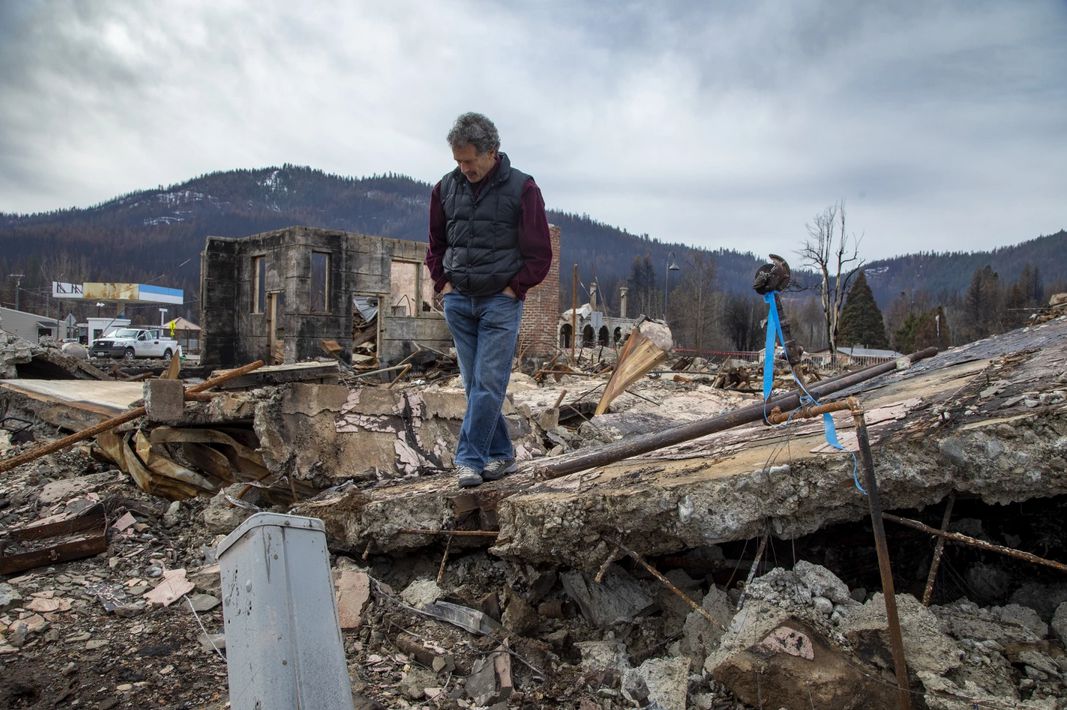
Sierra Institute Executive Director Jonathan Kusel stands on the ruins of the Sierra Lodge in the town of Greenville, which burned down last year in the Dixie fire.
When Williams is asked where he got the idea for the Lost Sierra Route, his answer starts with the Gold Rush, and the carnage and exploitation it unleashed upon Northern California.
“Gold was discovered pretty early in the Nevada City area along Deer Creek,” he said, “and miners displaced and massacred my tribe.”
His great-great-great grandfather, along with other members of the mountain Sierra Miwok, fled north into the headwaters of the Yuba River. And when gold miners eventually followed the gold up there, Williams’ ancestor, in order to survive, offered himself as a paid guide. Eventually, Williams said, his forebears ended up leading pack mule trains through the area, creating a thicket of trails branching off from Downieville into the remote mines.
Flash forward more than 100 years, to the late 1980s. Williams was an impetuous teenager; his parents bought him a mountain bike to try to keep him out of trouble. He found an old hand-drawn map of the mines, presumably passed down by his ancestor, and began to explore the area on two wheels. He realized the landscape of his childhood was magnificent, and he never wanted to leave.
But how to make a living here? By the early 1990s, Williams, now a high school graduate and still every bit as passionate about biking, had bought a van and was hustling tourists outside a pizza place in Downieville, offering to drive them and their bikes to the top of a nearby mountain so they could fly down on routes he had devised using his great-great-great-grandfather’s map.
His venture began attracting more and more bikers to the area — and sometimes ruffling feathers of the local population.
“Mountain bikers wore spandex,” Williams recalled. “And we were going places where maybe, like, the miners weren’t comfortable with us being.” He recalled a time he got off his bike to get water from a stream using a water filter. A female gold miner — whose claim he had stopped on — ”came out with a shotgun,” he said. She thought his water filtration system was some kind of gold-extraction scheme.
From his bicycle seat in the woods, Williams also had a front-row seat to the last gasp of mining, as restrictions on dredging cut off some of the few remaining avenues for extracting gold. Around the same time, the federal government imposed new regulations on logging, leading to steep job losses. Even the U.S. Forest Service, which once had an office in Downieville, had decamped for Nevada City.
Williams came up with an idea he thought could help his fledgling business and town at the same time: the bike race that would become the famous Downieville Classic. Many people told Williams the idea was absurd, he said, but he went door to door through Downieville obtaining permission from people to shut off the street. When the first Downieville Classic took place in 1995, it put Williams and the town on the mountain biking map.
By the late 1990s, Williams had a bike shop in Downieville and was running guided trips — in his own vans — for the bikers who were flooding into the area.
And then came the winter of 2001. Storms downed hundreds of trees across the trails that Williams’ business relied on for his guided tours. Williams appealed to the U.S. Forest Service to help move the downed trees, but officials told him they were in a budget crunch and couldn’t do much.
Williams and some of his friends bought a chainsaw. “In the first tree, we got the chainsaw stuck, because we didn’t know what we were doing.” But they persisted. They bought a second chainsaw (in part because they needed to cut up the trees to free the first chainsaw), learned how to operate it, and began hosting volunteer parties to clear trails.
From that season on, trail maintenance was part of Williams’ biking empire, and in 2003, he incorporated a nonprofit, the Sierra Buttes Trail Stewardship, to apply for grants to buy equipment and pay people for trail maintenance.
The trail work — and the fact that Williams was now employing young people from across the area for summer jobs — helped win over some residents who had been skeptical of mountain biking culture, he said. Williams’ nonprofit posted $1.6 million in revenue in 2020, according to Internal Revenue Service filings, and he now has 66 employees and hired two dozen high school students for summer work.
“We’re in the business of revitalizing mountain communities and we use trails as the tool to do it,” Williams said. “It’s about building an economy, so people can stay.”
About five years ago, Williams got an even bigger idea: What if they expanded the trail work to connect all the little mountain towns of the northern Sierra?
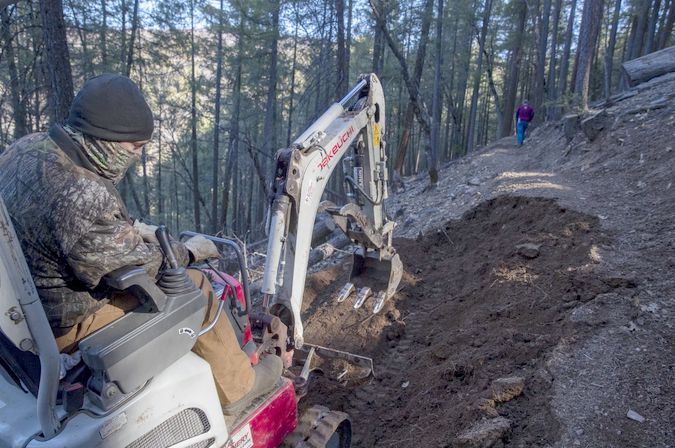
Equipment operator Kamron Williams works on a section of the Lost Sierra Route in Quincy, Calif.
In 2018, Williams said, he gave a presentation on the idea at a summit of mountain outfitters in Mammoth, and was approached by someone at the Sierra Nevada Conservancy who was excited about helping write bigger grants to pay for planning and funding. In 2019, the Sierra Buttes Trails Stewardship was awarded $360,000 from Proposition 68, the state park and water bond, to use money intended for “severely disadvantaged communities” to develop a master plan for trails.
That is big money, but it is a drop in the bucket compared with what the entire project will cost. Williams’ estimates that all told, the project will cost about $40 million, paid from a complex funding patchwork of federal and state grant funds and private donations, which the group is actively seeking.
Sierra Buttes has sought to be inclusive, and has held community meetings in towns across the region, and also reached out to representatives from local tribes.
“We want to showcase that we are in the homeland of these tribes, and inspire users to become land stewards themselves,” Williams said.
Les Hall, a member of the Mountain Maidu who lives in the community of Meadow Valley, said he is gratified that “it is finally becoming apparent that the input of Indigenous people” can be crucial, particularly when it comes to forest management practices.
He said he supports the Connected Communities Project, noting: “If you were to look back in our history, prior to European domination, we had trails that led to all different areas of these high mountain valleys and foot trails that had lasted for thousands of years.”
To prevent desecration of Indigenous artifacts when trails are built, cultural consultants and archaeologists survey the proposed trails to keep an eye out for items or places of historical significance. If any are found, the trail has to move.
The project is expected to take a decade — and that is if everything goes right. Which, lately in these mountains, hasn’t been the case.
In the summer of 2021, Sierra Buttes put the finishing touches on a brochure trumpeting the project. It featured a bucolic photograph of downtown Greenville, with green forested hills rising above it and the proposed trail outlined in a ribbon of gold light. Before the fliers could be distributed, the Dixie fire incinerated the town in less than 30 minutes. Employees printed another handout that explained what had happened, urging people to donate to recovery efforts and promising that the trail would still be built.
“We all kind of have PTSD after the last few years,” Williams said. Downieville didn’t burn, but smoke killed the tourist season last summer, forcing many businesses, including his, to lay off workers.
Far from questioning the wisdom of promoting development in an area at increasing risk of “mega-fire,” supporters of the project say that getting people into the wilderness is crucial at a time when California’s forests are at an inflection point.
“People should understand this watershed,” said Kusel, the head of the Sierra Institute. “These are basically the storehouses and the lungs for water and air in the state. They need to invest in this landscape.”
Although trail building might sound like a romantic undertaking, a few minutes spent with a Sierra Buttes trail crew reveal the labor and bureaucracy involved. First the route must be surveyed. Then it must be approved by local and federal agencies, through a complicated environmental regulatory review. And then workers have to hoist tools onto their backs and tramp through the brush. They remove large rocks by hand. Then they dig and level, taking care to make sure that runoff from rainfall won’t destroy the trail or damage nearby streams. Building even one mile can take days.
“It’s more strenuous than logging,” noted trail crew leader Henry O’Donnell, 36, who has done both. “And more enjoyable.”
He said he likes being part of creating something that might revitalize the home that he loves, while also preserving the rural mountain lifestyle without too much development. He said he hopes the project can “find the balance, between bringing [tourists here] and having them go home.”

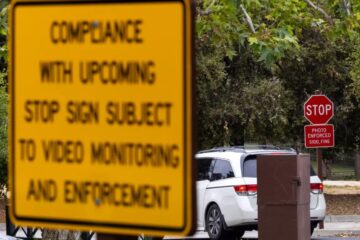
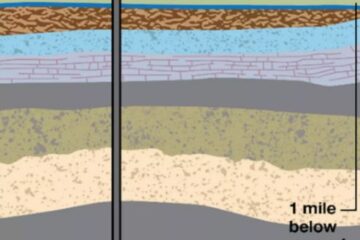
0 Comments